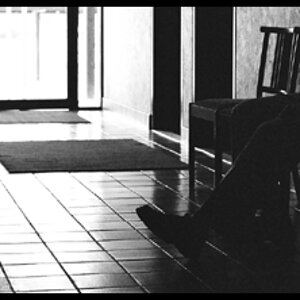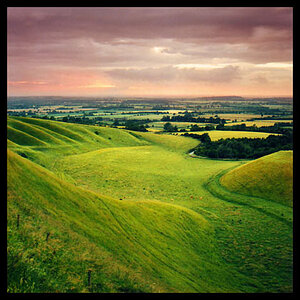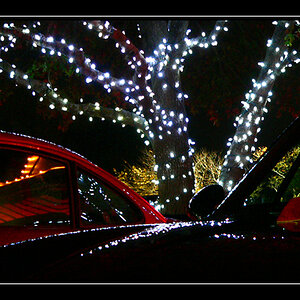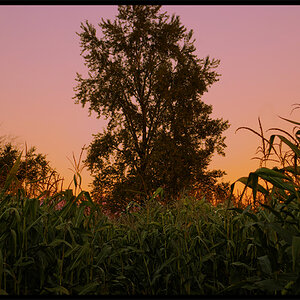SleepyLizard
TPF Noob!
- Joined
- Dec 1, 2003
- Messages
- 37
- Reaction score
- 0
- Location
- 57.42ºN 4.15ºW
- Website
- www.sleepylizard.iofm.net
I want to do some very basic pinhole photography with my kids in the hope that it will be educational as well as maybe getting them interested in photography. I haven't done anything like that since high school which for me was back in the 70's and my memory is more than a little rusty.
I have instructions for making the camera. I will be using photographic paper directly instead of film. I was planning on taking a shortcut by making the positive image on the computer. (yes I know that's cheating but I really want to keep it as simple as possible just for now )
)
I've got some information from looking through previous posts but I'm still confused So, basically I think I just need a reminder of:
So, basically I think I just need a reminder of:
1. What chemicals to I need to purchase.
I think I need:
*developer - is that the same chemical that is used
for the film or different.
*Stop sollution
*Fixer
Do they then get washed in something?
2. Roughly How long do I need to dunk the paper in each.
3. How do I store unused paper after I open the packet.
4. Is there anything else you think I might want to know or anything obvious I'm missing.
BTW I tried finding answers at our local library but they have nothing (small town).
I have instructions for making the camera. I will be using photographic paper directly instead of film. I was planning on taking a shortcut by making the positive image on the computer. (yes I know that's cheating but I really want to keep it as simple as possible just for now
I've got some information from looking through previous posts but I'm still confused
1. What chemicals to I need to purchase.
I think I need:
*developer - is that the same chemical that is used
for the film or different.
*Stop sollution
*Fixer
Do they then get washed in something?
2. Roughly How long do I need to dunk the paper in each.
3. How do I store unused paper after I open the packet.
4. Is there anything else you think I might want to know or anything obvious I'm missing.
BTW I tried finding answers at our local library but they have nothing (small town).


![[No title]](/data/xfmg/thumbnail/38/38738-7933157d1b8968c986eeeab2d1828524.jpg?1619738703)
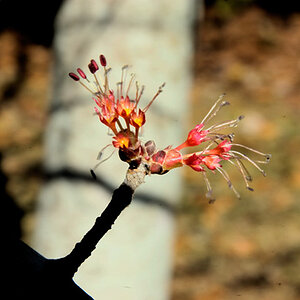
![[No title]](/data/xfmg/thumbnail/41/41493-60071420f928565170996b4edc3de2f0.jpg?1619739820)

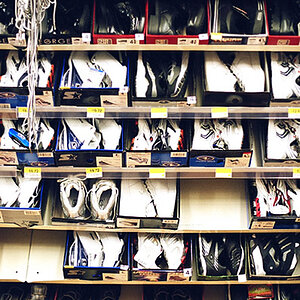
![[No title]](/data/xfmg/thumbnail/41/41492-467958db3420bceb7ab410a12dcc681f.jpg?1619739819)
